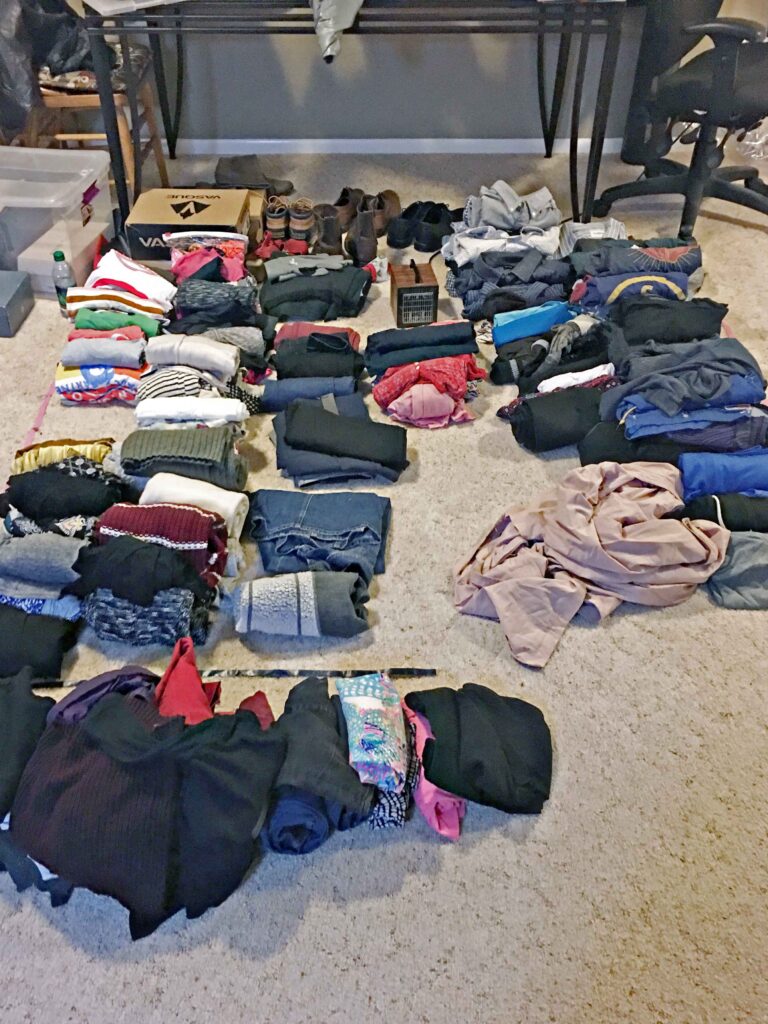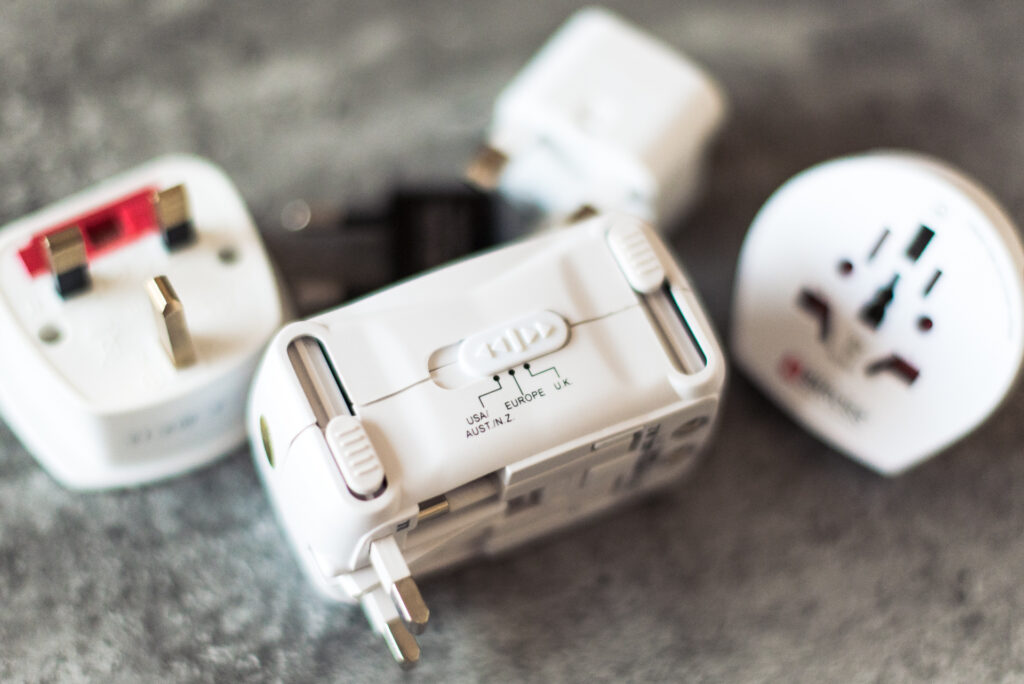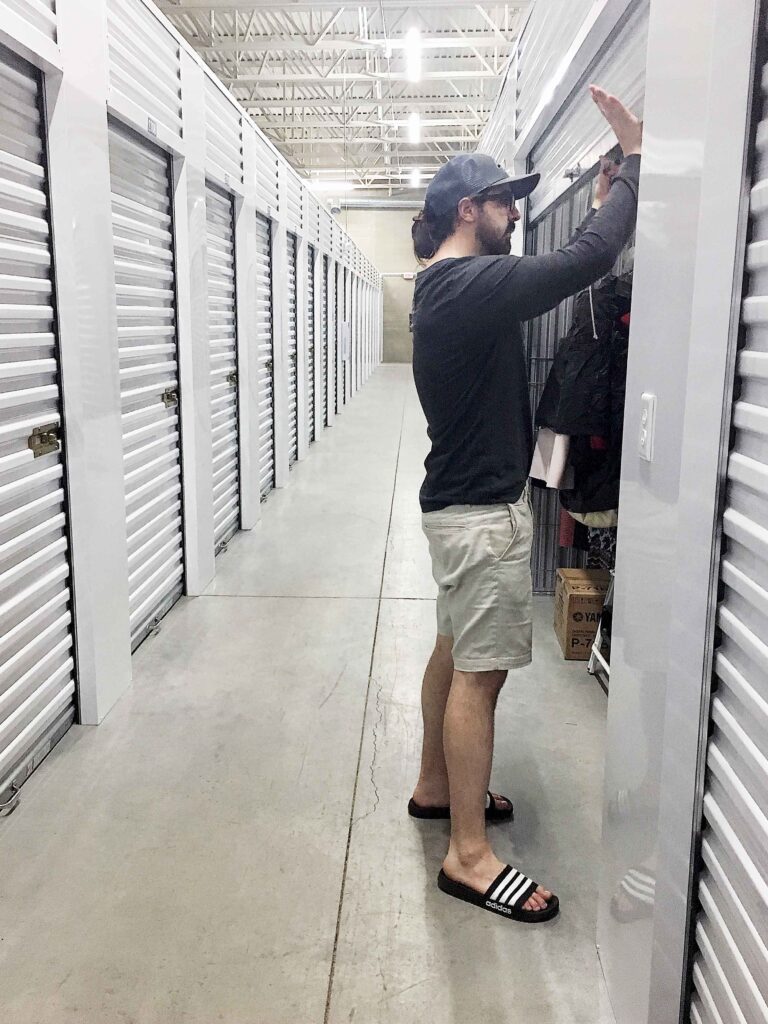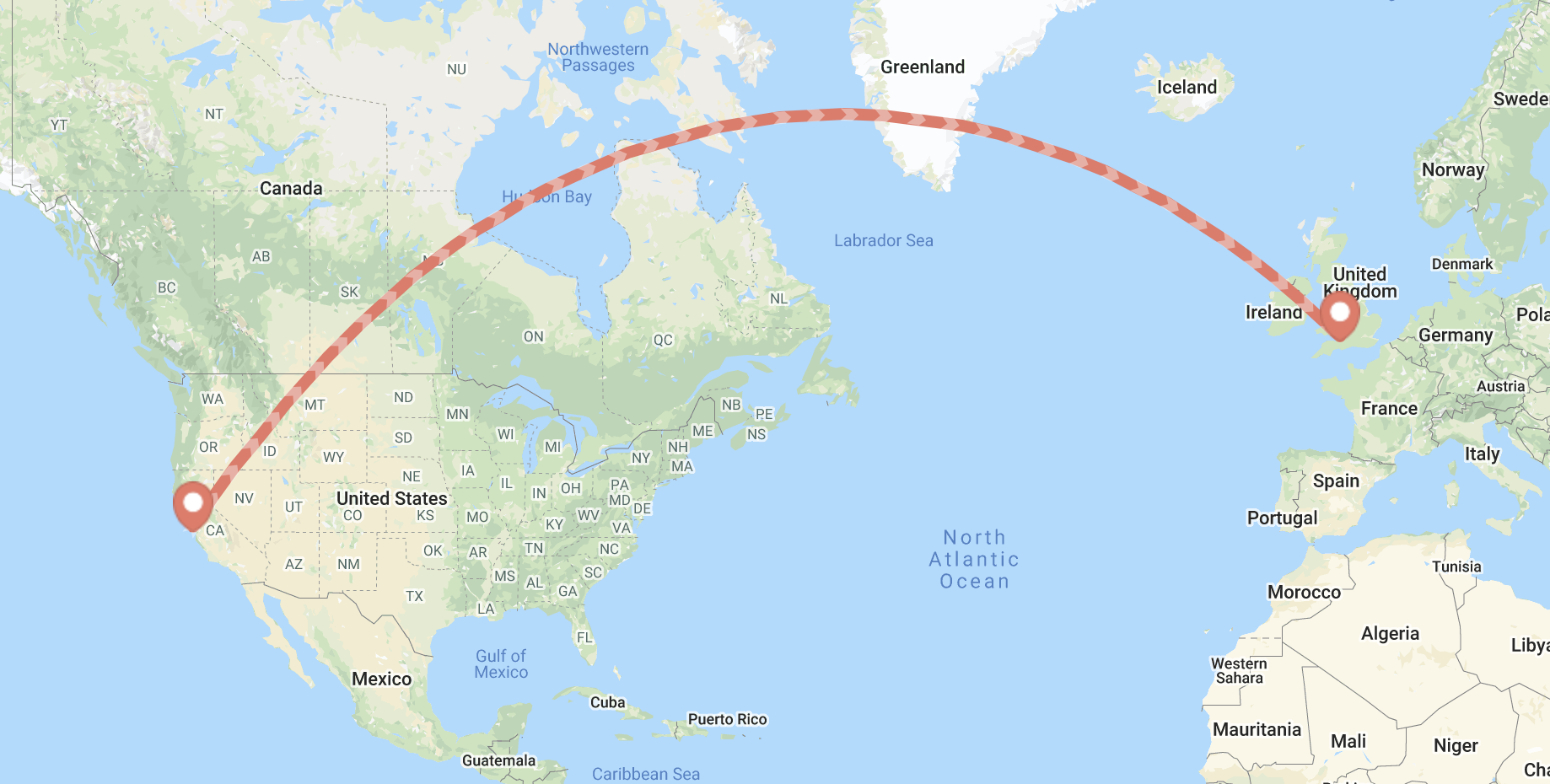Spoiler alert: Moving house is stressful. It might even be one of the most stressful life events. And moving house internationally? That probably also means starting a new job/moving to a new office, or starting school, or any other big change that is prompting the move. So when it comes to moving abroad, the stress can really pile on. For us, getting organized and making a plan helped us minimize the stress and handle our moving abroad packing process in smaller, more manageable pieces.
My husband and I are both project managers, so we tackled this the only way we know: we created The Moving Abroad Packing Plan Phased System (TM), haha. We decided the broad categories of what we needed to tackle, and sequenced them according to the amount of time we predicted we would need for each category. The first phase was expected to take the longest, and the last phase was anticipated to be shortest.
Here we go!
PHASE 1: CLOTHING + SHOES

Wow, did we have a lot of clothes to go through. On my side, I tend to hang on to clothes for as long as possible, so my wardrobe is filled with things I’ve added to it for 15+ years. On my husband’s side, he’d lost weight the year before we moved abroad and due to that process he owned clothes in several different sizes.
DONATE/SELL UNNEEDED WARDROBE ITEMS
For us, we tried on all our clothes. Our first goal was to only move abroad with clothes that actually fit. Our second goal was to have the clothes necessary for the climate of our new home.
Questions to ask yourself: What is the year-round weather going to be like in your home? Will I need to bring clothes appropriate for warm-weather vacations? Ski vacations? Both?
Since this is packing for a move, and not a holiday, it helps to imagine what you’ll need for both day-to-day (work, gym, life) as well as what you’ll need for the ways you like to spend your leisure time.
PACKING YOUR ESSENTIAL WARDROBE
Once we had trimmed down to our essential moving abroad wardrobe, we used vacuum seal bags to lightly compress everything into the luggage we planned to check on our flights. Be careful with this method, as vacuum-sealed bags can lead to heavier luggage and unexpected weight fees when checked for your flight. If you are able and willing, weigh your heaviest luggage after packing.
PHASE 2: ELECTRONICS
Electronics is another pretty big category and can mean dealing with some of your most expensive items. The good news is, most electronics are small enough to pack into your carry on luggage so you can keep track of things. For bigger electronics (like a TV), it’s probably best to sell and repurchase at your new home.
ELECTRONICS TO PACK
- Power Adapters
- Phones
- Cameras
- Computers/Tablets
- Gaming Consoles
Come up with a plan for chargers for all your devices. Bring extra outlet converters – it’s a good idea to have a couple extras to make sure you can keep phones charged during your first week abroad even if you lose or break a converter.

While you are ordering outlet converters, also consider voltage converters or transformers. Most of North and South American power systems operate at 120V, while most everywhere else uses a 230V standard.
Many modern electronics (computers, phones, gaming consoles) are equipped to handle both sets of standards. If you’re unsure, look on the power cord or battery for something like “100 – 240V ~ 50-60Hz” which means it should work anywhere. Items like hairdryers and electric shavers are only designed to work at one particular voltage, and you will need converter in order to safely use it in your new home.
In some cases, you may be able to order a power cord appropriate for your new home before the big move. For us, we ordered and packed UK power bricks and cords for our gaming consoles like the Xbox and Nintendo Switch – they were ready to plug in and play as soon as we arrived! Sometimes it’s the little things that make the whole process feel easier.
What worked for us: Selling our desktop computers and replacing them with laptops. Easier to bring with us abroad, and space-saving once we unpacked.
PHASE 3: TOILETRIES + MEDICINES
Taking care of medicines when handling your moving abroad packing could be an entire post and conversation alone. Here are the key things I would keep in mind:
1. Tell your doctor you are moving abroad.
Your doctor can help make sure you have the medicine you need to last until you can see a new provider in your new home. Just like you might do before an extended trip, you may be able to get a few months’ worth of your prescriptions in advance. Be sure to see about continuing your health care as quickly as possible once you arrive. For some countries, you may even be able to book a doctor’s appointment in the future before you arrive in country.
2. Keep a detailed list of your prescriptions and over-the-counter medicines to give your new doctor.
Having the precise information (generic name and brand name) and dosage on all your current medications will be invaluable to your new doctor. Not all meds are available in every country, but your doctor can recommend alternatives that you’ll be able to have prescribed in your new home.
3. Bring your over-the-counter medications with you
Additionally, you may find yourself needing a prescription for something that was OTC at home, or vice versa. For example, melatonin is prescription only, not over-the-counter in the UK. Bring your OTC medicines with you, and keep them on your detailed list of medications to go over with your doctor. It will really help ease the transition.
4. Most (but not all) toiletries are available everywhere
No one knows your hair + skincare regime better than you. If there’s a particular product you can’t live without, do some research ahead of time to check if it will be available. For example, toothpaste with novamin is available in the UK but not in the USA. You can count on soaps, shampoos, and makeup to be available – I’d recommend bringing a small amount to help your freshen up for your first couple of days before you restock your new home.
PHASE 4: DOCUMENTS
Pack these in your carry on luggage:
- Marriage license
- Birth Certificates
- Visas
- Passports
- Insurance policies/cards
I’d recommend having copies of all your important documents that you pack separately from the originals while moving. This way, if you need to handle something like a lost passport, you’ll still have all your information readily available.
Bonus: Having all your documents organized and accessible will make setting up bank accounts/leases/mortgages/etc much easier during your first week abroad.
PHASE 5: OTHER/MISCELLANEOUS
Last but not least, a catch-all category for the odds and ends still worthing packing. Keep in mind that in the midst of trying to downsize and move abroad, some small things to remind you of home or help maintain some pieces of your regular routine can still be worth the space. For example, if you have important hobbies like crafting or playing guitar, you’ll want to keep those habits up in your new home even if it means the extra effort to pack or ship.
Examples of miscellaneous things to consider packing:
- Hobbies (musical instrument, crafting, a favorite book)
- Family photos
- Favorite kitchen tools (like a chef’s knife set)
- Furniture as needed
What worked for us: packing a small set of favorite art supplies and embroidery materials to stay in touch with a couple of favorite pastimes.
As a final thought… Overall, we wanted to keep our move minimal but ended up needing to hang on to enough heirloom furniture that made renting a storage locker worth it. We’ll be back for all that stuff someday!

That’s our list! This moving abroad packing process helped us stay organized and keep a positive attitude. I hope it is helpful for others, too. Cheers to moving, and good luck!
